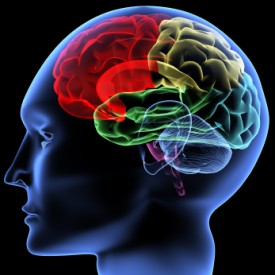Helping a Kinesthetic Learning Child Prepare for Visual or Oral Tests: A Reader Question
One of the nice parts of running a blog is communicating with readers. It’s always great to receive suggestions and comments, as well as questions, so that we can all learn from each other.
The other day, a reader sent in a great question regarding how to best help her son, who is a kinesthetic learner, improve at taking tests which often are – and which often come with instructions – that are visual or oral. The reader agreed to allow the question to be posted here on the site along with the response so that others can benefit from it too. Hopefully it will be helpful. And perhaps it can spark a discussion full of great ideas.
Here is what the reader wrote:
(more…)
An Overview of the Different Ways of Learning
For many people, it’s an epiphany to discover that there are different ways of learning.
We grow up realizing that people differ in their heights, their favorite foods, their senses of humor and so on. But, perhaps because so many of us went to schools that primarily taught using a particular set of methods, we never stopped to think about the fact that people also differ in their preferred styles of learning.
We could consider an understanding of the different ways of learning as a subset of the overall study of individual differences carried out by the field of Differential Psychology.
There are a number of different models that aim to categorize the range of different learning styles. Just to offer a couple of examples: (more…)
Learning Modalities and Why They are Important
It’s easy to assume that everyone learns in the same way and even easier to assume that they learn the way that we do. But people actually learn in very different ways. And one of the main differences in how they learn is captured in the concept of learning modalities. (more…)
